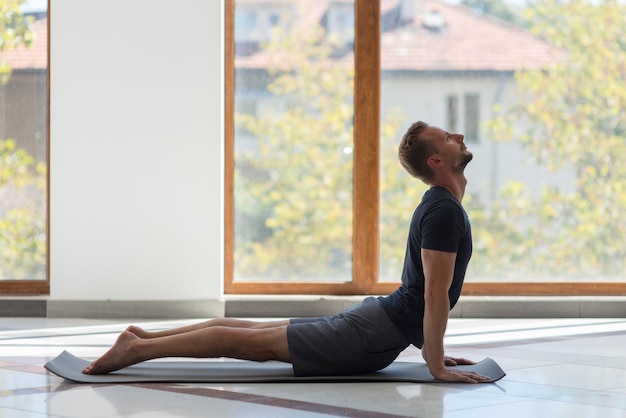If you spend most of your day at a desk, you're likely no stranger to slouching, rounded shoulders, and neck tension. Poor posture is one of the most common side effects of modern office life. But what if the right strength tool—kettlebells or dumbbells—could help reverse the damage?
In this guide, we’ll compare kettlebells and dumbbells for posture correction, share simple routines you can do at home or in the office, and offer science-backed habits to keep your spine aligned—no matter how many hours you log at your desk.
Sitting for long periods, especially with poor ergonomics, leads to muscle imbalances. The chest tightens, upper back muscles weaken, and the head drifts forward—a condition often called "tech neck." Over time, this can result in chronic pain, reduced mobility, and even breathing issues.
The solution isn’t just standing up more—it’s retraining your muscles to support a neutral spine. That’s where resistance training comes in.
Both tools build strength, but their design and movement patterns differ significantly:
For posture, the key question is: which better strengthens the muscles that pull your shoulders back and stabilize your spine?
Kettlebells excel at building posterior chain strength—the muscles along the back of your body, including the glutes, hamstrings, and upper back. Many kettlebell exercises naturally promote scapular retraction (pulling shoulder blades together) and core engagement.
For example:
The dynamic nature of kettlebell training also improves body awareness and coordination—key for maintaining good posture throughout the day.
Dumbbells allow for precise, controlled movements that target weak postural muscles. They’re excellent for corrective exercises that isolate the rear delts, rhomboids, and lower traps—muscles often underactive in desk workers.
Effective dumbbell exercises include:
Because dumbbells offer stability, they’re ideal for beginners or those rehabbing minor postural issues.
For most desk workers, kettlebells have a slight edge due to their ability to train movement patterns rather than just muscles. They promote full-body integration, core stability, and functional strength—critical for maintaining posture under real-world conditions.
However, dumbbells are more accessible and easier to use correctly for isolated postural work. The best approach? Combine both.
Do this routine daily, ideally after standing up from prolonged sitting:
Equipment helps, but habits seal the deal. Try these science-backed tips:
Both kettlebells and dumbbells can help fix posture, but they serve different roles. Kettlebells build dynamic, functional strength that supports upright alignment during movement. Dumbbells allow precise targeting of weak postural muscles.
For desk workers, the ideal strategy combines both tools with consistent, simple habits. Start small—just 10 minutes a day—and build awareness of how your body moves. Over time, better posture becomes second nature.

Fitness

Fitness

Fitness

Fitness

Fitness

Fitness

Wellness

Fitness

Fitness

Wellness

Health

Wellness

Health

Fitness

Health

Health